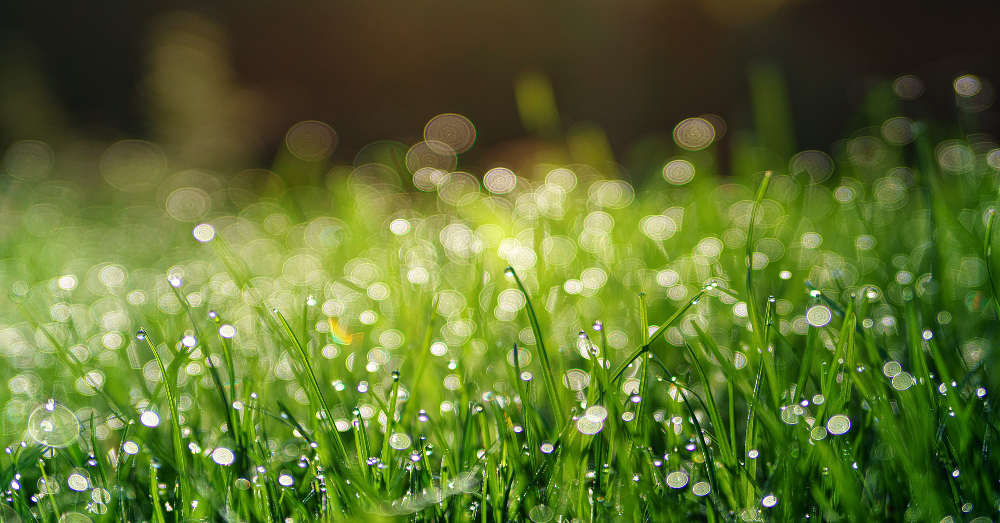
The Amazing Ability of Pasture Grass to Sequester Carbon
A buzz has been generating in California agriculture circles over the possibilities of carbon ranching. It’s not about producing carbon, as it might sound, but about putting more carbon back into the ground, naturally, through grasses. The theory goes like this: Native grasses send roots as deep as six feet underground, breathing in carbon dioxide as they breathe out oxygen.
April 19, 2018 | Source: Santa Barbara Independent | by Jean Yamamura
Century-Old Chamberlin Ranch Turns to New Techniques That Improve Rangeland and So Much More
A buzz has been generating in California agriculture circles over the possibilities of carbon ranching. It’s not about producing carbon, as it might sound, but about putting more carbon back into the ground, naturally, through grasses. The theory goes like this: Native grasses send roots as deep as six feet underground, breathing in carbon dioxide as they breathe out oxygen. At a number of test acres across California, including at the Ted Chamberlin Ranch near Los Olivos, adding a thin layer of compost has created more topsoil, which feeds the microbes below ground, which enrich the grasses, which draw more carbon dioxide out of the atmosphere and hold it in their roots deep in the soil. Add cattle to the mix, and voilà! Carbon ranching.
What really got people excited about this simple layer of compost is that it sequesters carbon now. “We don’t have to wait for Elon Musk to geo-engineer something from space,” laughed Sigrid Wright, who heads Santa Barbara’s Community Environmental Council (CEC). Wright and an alphabet soup of agencies have been working together with the Chamberlin Ranch on a 60-acre demonstration project through California’s Healthy Soils Initiative.
